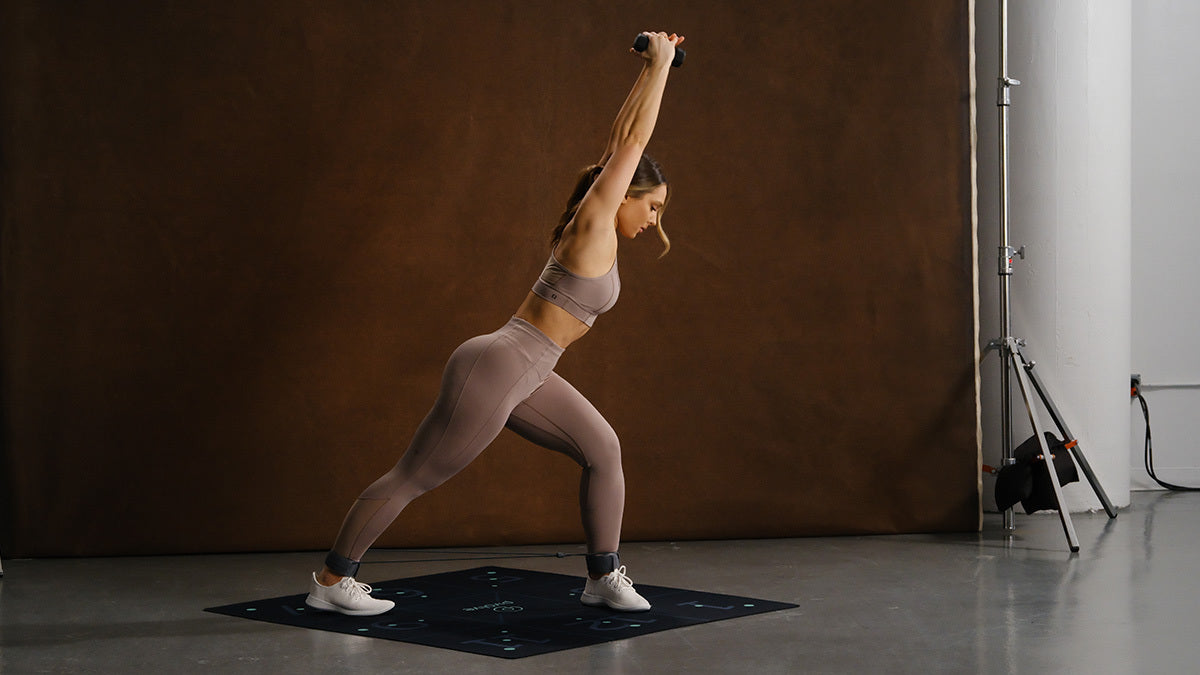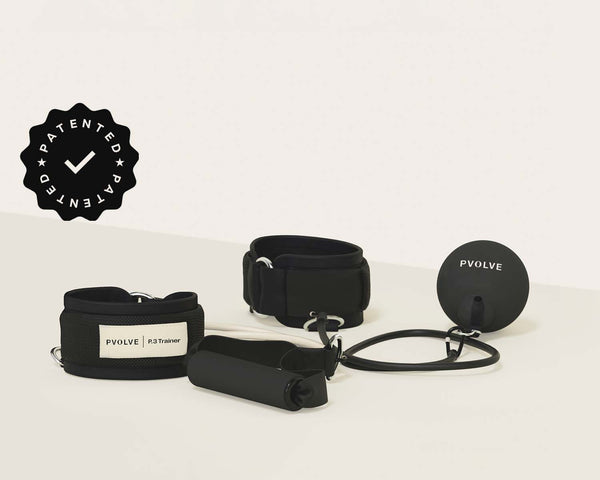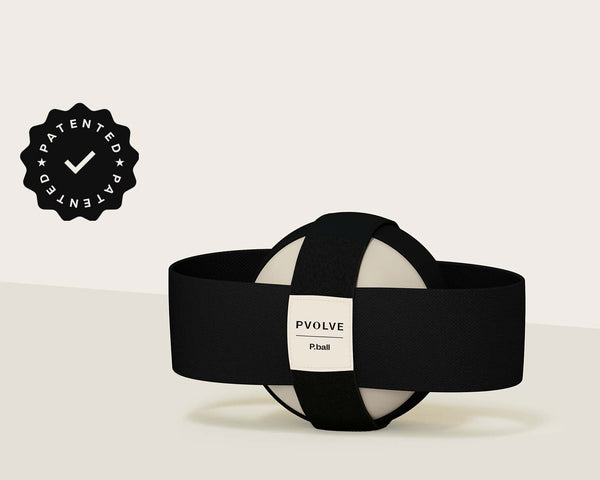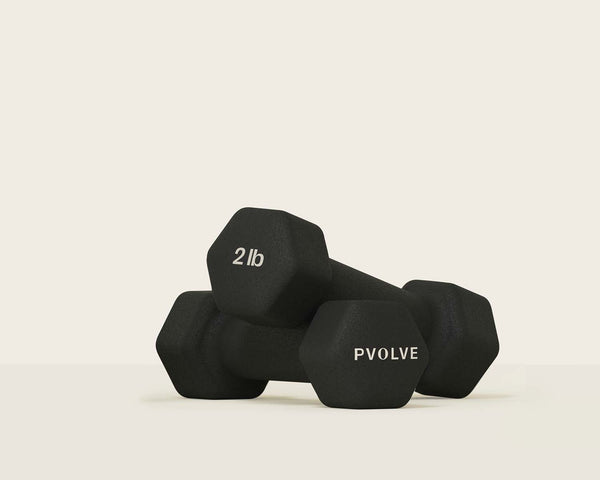You’ll feel—and see—the benefits in a big way.
Your body was made to move—to dance, jump for joy, and scoop your kid up into a bear hug. But if you’ve ever pulled a muscle in your back or suffered a workout injury, your first reaction may be to head to the couch and stay put. The solution, however, isn’t to move less but to move better. That’s where functional movement comes in. This science-backed form of training not only helps you achieve your gym goals, but it also sets your body up for success by working with your natural biomechanics.
As a result, you’ll feel stronger, move through life with greater ease, and experience fewer everyday aches and pain. And experts say this is something people of all ages and fitness levels will benefit from. Read on to learn more about functional training and discover how to get started with your own functional fitness routine.
What is Functional Movement?
Unlike traditional exercises, which typically strengthen a specific muscle or group of muscles in one plane (bicep curls, say, where you hold a weight and flex the elbow), functional fitness programming calls multiple large muscle groups and small stabilizing muscles into action. This offers a more efficient workout since every move incorporates multiple muscles, but more importantly, it prepares you for the multi-dimensional full-body movement patterns used in everyday life, from walking up and down the stairs to picking up and carrying heavy objects.
Functional training would, for example, go beyond moves that isolate muscles and instead teach you how to use the rest of your body while activating that bicep. “Think about picking up a bag from the floor,” says Dr. Amy Hoover, PT, DPT, Pvolve’s Chief Physical Therapist and member of the Clinical Advisory Board. “We need the bicep to help lift the bag, but functional exercise trains the whole body movement: reaching on a diagonal, using the core to stabilize the spine, engaging the lower body to squat and the upper body to stabilize the shoulder to reach, and then using the bicep to pick up the bag.”
Other activities that functional training exercises help prep the body for include sitting down and standing up, pushing and pulling objects (a full shopping cart or suitcase, say), endurance walking, household tasks (like raking leaves, cleaning, or weeding), and chasing after and playing with your dog or kids—in other words, how you spend a good chunk of your days.
What Are the Benefits of Functional Training?
Simply put, functional fitness sets your body up to perform better once you step outside of class. “Functional training can help in many day-to-day activities,” says Dr. Nima Alamdari, PhD, an honorary professor of sport and health sciences at the University of Exeter in the UK and a Pvolve Clinical Advisory Board member. “You improve your everyday movability while building resilience to injury or strain when doing those movements.” (Think being able to pick up a heavier Amazon box without worrying about hurting your back.)
There’s also an emphasis on good form. “Performing functional movements with intention and focus during exercise will build and reinforce those movement patterns in our brains,” says Hoover. “This is a great way to prevent injury, as many occur when we perform dysfunctional movement patterns.”
And athletes of all ages can benefit from functional fitness, says Alamdari. “From a sporting perspective, functional movement can be targeted to optimize for the way you need to move or perform in a particular sport. For example, in baseball, it can improve high-force and rotational power.” Indeed, a 2021 study in the journal Frontiers in Physiology found that functional training sharpens areas of physical fitness including speed, muscular strength, power, balance, and agility. And these workouts can help ward off sports-related injuries too. Research in the Journal of Sport Rehabilitation shows that a 6-week functional training program helped reduce the chance of shoulder pain in intercollegiate swimmers.
What Does Functional Movement Mean at Pvolve?
The Pvolve Method is firmly rooted in functional movement training. Whether you choose our signature Strength & Sculpt workouts, Cardio Burn, or Mat Definition, every single routine is purposefully created to be low-impact and ergonomic while mimicking the movements you do in everyday activity. From full-body cardio circuits to lower back and hip stretches, Pvolve uses sequencing that deeply engages your muscles to increase mobility and unlock your body so that it can move the way it was designed to, both during class as well as once a workout ends.
You’ll see—and feel!—this as you dip back into a hip hinge (a move that mimics getting in and out of a chair), rotate into the internal 45 position (which increases hip mobility and strengthens your lower body), and contract your core in our many ab exercise routines (which all help train this important muscle group for how it’s used in everyday life).
And to ensure you’re getting the most out of these functional movement workouts, Pvolve trainers provide detailed but easy-to-follow instruction and feedback. “When we design workouts, we pair everyday movement patterns with education on proper biomechanics so that you fire up the right muscles to support a healthy and strong functioning body overall,” says Antonietta Vicario, Pvolve’s Vice President of Talent and Training.
The result is a true understanding of how your body moves, which instabilities or areas of tightness are holding you back, and how the work you’re putting in will benefit you from head to toe (no mindless movement here!). And by awakening the mind-to-muscle connection, the Pvolve Method delivers results that you never dreamed were possible, both those you can see in the mirror (Toning! Lifting! Lengthening!) and those that are more surprising—being able to pick up your grocery bag with ease or improving your game on the tennis court.
To support each of our functional training moves, the Pvolve Method uses specifically designed equipment to target hard-to-reach muscles while increasing your range of motion. “Our products are born out of the same mission as our workout: to help you both look good and feel good,” says Rachel Katzman, Pvolve Co-Founder.
The reason they work: They were designed with functional training in mind. “All of our products are built with the Method and not just to provide equipment,” explains Stephanie Wineman, Head of Physical Product at Pvolve. “The P.band is not just for the arms, it also engages the abs. This helps when we lift things or carry things, since we don’t just engage our arms, but we use our core too.” Similarly, the P.3 Trainer total-body toning system strengthens the abdominals, arms, and glutes all at once to boost mobility and balance while the P.ball targets the inner thighs, pelvic floor, abs and glutes to improve hip mobility.
How Can I Get Started with Functional Movement Workouts?
The beauty of functional training is that it’s accessible for all fitness levels, and at Pvolve, we believe that functional movement should benefit you at all stages of life. That’s why our series are crafted to tackle specific challenges you may face, from pre- and post-natal strengthening to ankle stability and shoulder support.
The Pvolve Method walks members through the basics, making it simple to get started. Vicario suggests beginning your functional fitness exploration with Pvolve’s Get Started series. “Even though the workouts are curated for beginners, that doesn’t mean they’re easy. It just means we explain the form in great detail so you get to know the workout, and you can choose pacing that works for you.”
These beginner-friendly functional training routines will introduce you to moves that build overall strength, improve your bodies biomechanics, and move with greater ease and stability. “The more you learn and dig into the movements, the more challenging the workouts become. The first step is mastering the mind-to-muscle connection and specificity of the Method,” says Vicario. “Give yourself time and grace and you’ll start to see results—and feel incredible!“

























